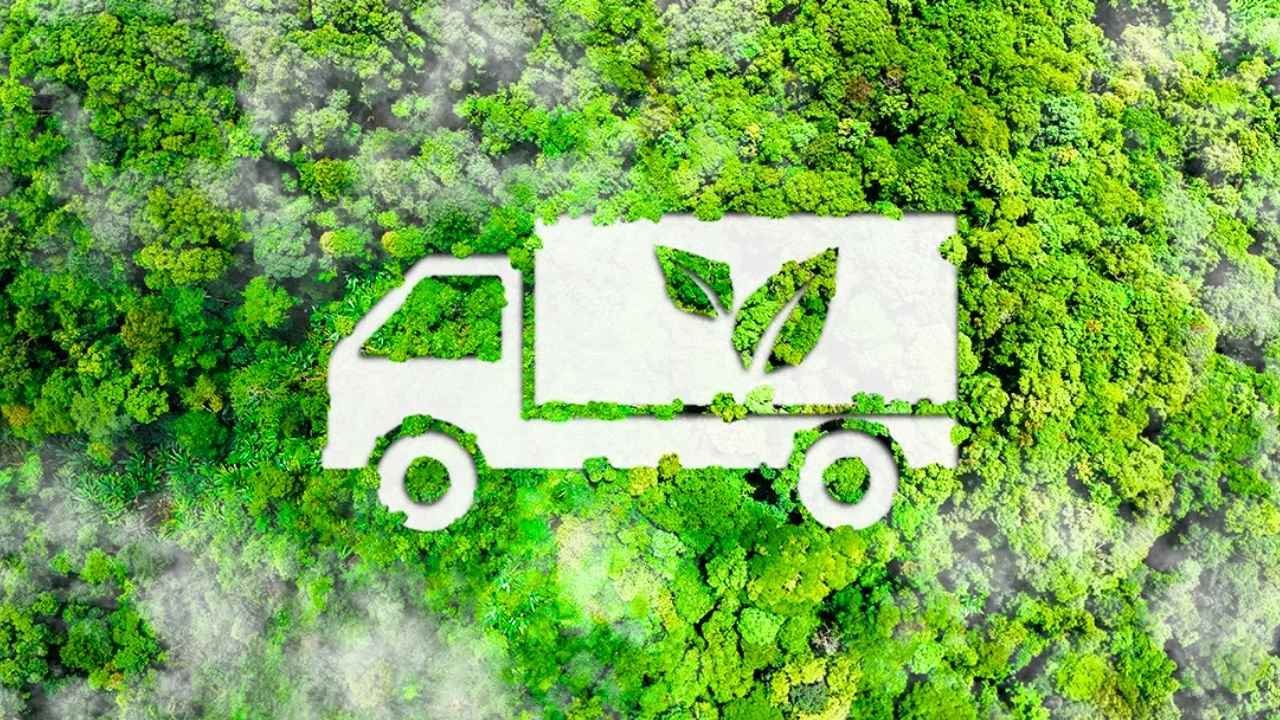The logistics sector has long been the backbone of global trade and commerce, ensuring that goods move efficiently from producers to consumers. However, this efficiency has come at a cost—rising carbon emissions, environmental degradation, and mounting operational expenses. As businesses and governments push towards sustainability, the concept of green logistics has emerged as a powerful solution. It not only addresses environmental concerns but also helps companies save costs and improve operational efficiency.
Understanding Green Logistics
Green logistics refers to strategies and practices aimed at reducing the environmental impact of transportation, warehousing, and distribution. It involves rethinking supply chain operations to prioritize energy efficiency, sustainable resources, and eco-friendly technologies. From using alternative fuels to optimizing routes and embracing circular economy models, green logistics focuses on building a system that balances profitability with responsibility towards the planet.
Why the Shift Towards Green Logistics Matters
The logistics industry contributes significantly to global carbon emissions, with road transport alone being responsible for nearly a quarter of CO2 output worldwide. In fast-growing economies like India, China, and Southeast Asia, rising e-commerce and consumer demands are putting additional pressure on the environment. The shift towards green logistics is crucial for three main reasons:
- Climate change and regulatory pressure demand lower emissions.
- Rising fuel prices are pushing companies to find cost-effective alternatives.
- Consumers are increasingly favoring eco-conscious brands, making sustainability a competitive advantage.
Key Challenges in Implementing Green Logistics
Despite the benefits, adopting green logistics is not without hurdles. High upfront investment in electric fleets or renewable energy infrastructure, lack of proper charging facilities, and limited awareness among smaller businesses create barriers. In developing countries, weak infrastructure and fragmented supply chains further complicate the transition. Overcoming these challenges requires innovation, collaboration, and government support.
Sustainable Practices Transforming Logistics
Transition to Electric and Hybrid Fleets
Replacing traditional diesel trucks with electric and hybrid vehicles has become one of the most impactful ways to reduce carbon emissions. Many logistics companies are investing in electric delivery vans and two-wheelers, particularly for last-mile deliveries. The long-term savings on fuel and maintenance costs make EV adoption a financially viable choice.
Renewable Energy in Warehousing
Warehouses consume significant energy for lighting, refrigeration, and automation. Companies are increasingly installing solar panels and adopting energy-efficient systems to reduce power consumption. Using renewable energy not only cuts emissions but also lowers electricity costs.
Route Optimization with Smart Technology
Artificial intelligence and data-driven tools are helping logistics companies design optimal routes, reduce idle time, and avoid traffic congestion. By cutting unnecessary travel distances, companies save fuel, reduce emissions, and deliver goods faster.
Packaging Innovations and Waste Reduction
Sustainable packaging has become an essential part of green logistics. Using biodegradable materials, reusable crates, and recycled cardboard reduces waste while lowering disposal costs. Some companies are also exploring circular packaging systems, where materials are collected, reused, and reintroduced into the supply chain.
Intermodal Transportation
Combining different modes of transport—such as rail, sea, and road—can significantly cut emissions. Rail and waterways are often more eco-friendly than trucks for long-distance movement. Integrating these options into logistics networks improves sustainability while reducing fuel costs.
Adoption of Digital Platforms
Digital platforms are reducing paperwork, streamlining communication, and increasing supply chain visibility. Features such as real-time tracking, electronic proof of delivery, and automated inventory management reduce inefficiencies and save resources.
Carbon Offsetting Initiatives
Some companies are investing in carbon offset programs such as tree plantations, renewable energy projects, and waste management initiatives. While not a substitute for reducing emissions, these initiatives play a role in balancing environmental impact.
Benefits of Green Logistics for Businesses
Green logistics is not just about environmental responsibility; it brings measurable business advantages. By optimizing routes and switching to fuel-efficient vehicles, companies cut operational costs. Sustainable practices enhance brand image, attracting eco-conscious customers and investors. Moreover, regulatory compliance reduces the risk of fines and builds long-term resilience. Companies that embrace green logistics are better positioned to adapt to evolving market and policy changes.
Global and Indian Success Stories
Globally, companies like DHL and UPS have invested heavily in electric fleets and renewable energy-powered warehouses. In India, e-commerce giants and logistics startups are embracing green delivery through electric bikes and solar-powered facilities. These initiatives are proving that sustainability can align with profitability.
The Road Ahead for Green Logistics
The future of logistics lies in balancing speed, efficiency, and sustainability. Government policies promoting renewable energy, subsidies for electric vehicles, and stricter emission norms will accelerate the adoption of green logistics. Collaboration between logistics providers, technology companies, and policymakers is key to building a robust ecosystem.
Conclusion
The green logistics revolution is not a distant dream—it is already unfolding across the world. By transitioning to sustainable practices, companies can cut costs, reduce carbon emissions, and future-proof their operations. What was once seen as an added expense is now emerging as a strategic advantage. As the demand for faster and eco-friendly logistics grows, embracing green logistics is no longer an option but a necessity for businesses aiming to thrive in a sustainable future.
